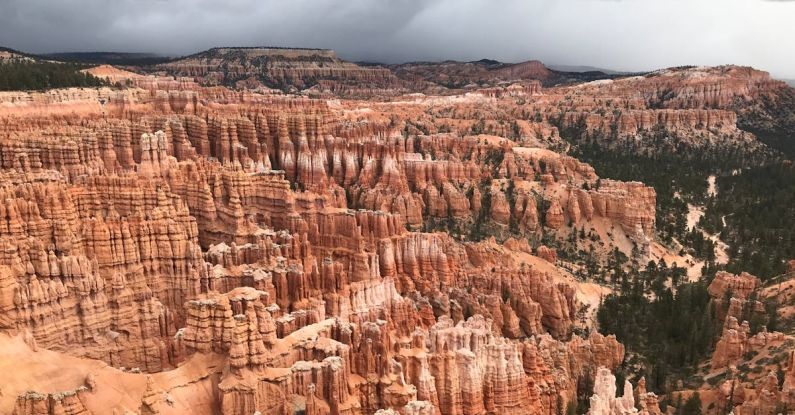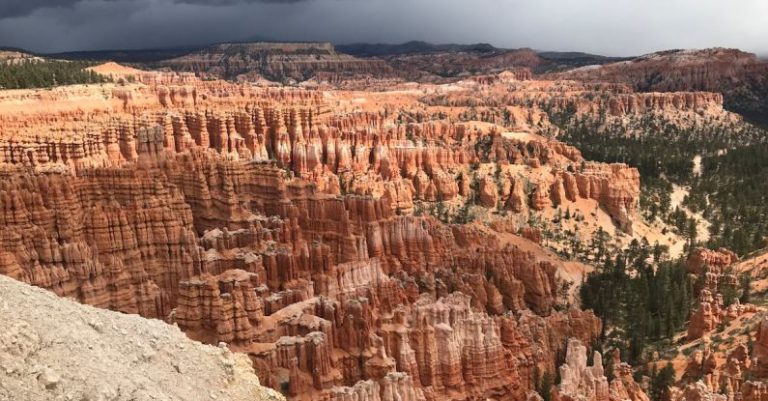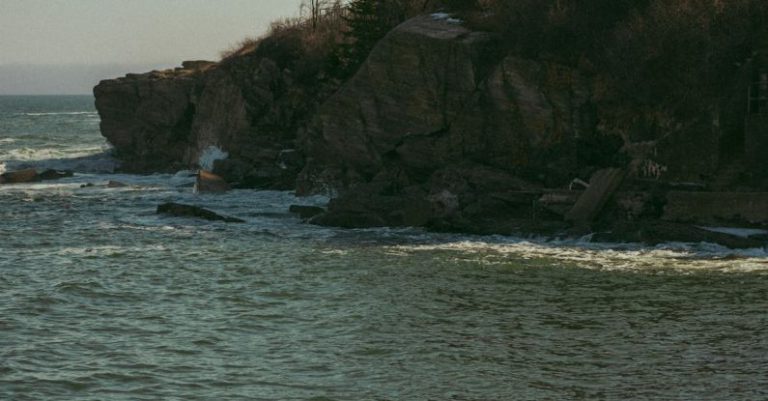
Heading into the great outdoors for a trail adventure can be an exhilarating experience, but it’s crucial to prioritize hydration to ensure a safe and enjoyable journey. Proper hydration is key to maintaining energy levels, regulating body temperature, and preventing dehydration-related health issues. Whether you’re embarking on a short hike or a multi-day backpacking trip, understanding the best practices for staying hydrated on the trail is essential for a successful outing.
**Plan Ahead and Carry Sufficient Water**
Before hitting the trail, it’s important to plan ahead and calculate how much water you’ll need for the duration of your hike. Factors such as the length and intensity of the trail, weather conditions, and your individual hydration needs will all play a role in determining the amount of water required. As a general rule of thumb, aim to carry at least one liter of water for every two hours of hiking. Consider investing in a hydration pack or water bottles that are easily accessible to ensure you can sip water regularly throughout your trek.
**Stay Ahead of Thirst**
One of the most common mistakes hikers make is waiting until they feel thirsty to drink water. By the time you feel thirsty, your body is already in a state of dehydration. To prevent this, make a conscious effort to drink water consistently throughout your hike, even if you don’t feel thirsty. Set a timer on your watch or phone to remind yourself to take regular sips of water, aiming for small, frequent doses rather than chugging large quantities all at once.
**Monitor Your Urine Color**
A simple way to gauge your hydration levels is by monitoring the color of your urine. Dark yellow urine is a sign of dehydration, while pale yellow to clear urine indicates that you are well-hydrated. Aim for light-colored urine throughout your hike to ensure you’re maintaining adequate hydration levels. If you notice your urine is dark, increase your water intake immediately and continue to monitor its color as you hike.
**Pack Hydration-Boosting Snacks**
In addition to water, consuming foods that have high water content can help keep you hydrated on the trail. Pack snacks such as fruits (like watermelon, oranges, and berries), vegetables (such as cucumbers and bell peppers), and watery foods like yogurt or soup. These snacks not only provide essential nutrients and energy but also contribute to your overall hydration levels. Avoid salty or dehydrating foods like chips or jerky, as they can increase your thirst and lead to further dehydration.
**Consider Electrolyte Replacement**
During long hikes or in hot weather, you may lose electrolytes through sweat, which can impact your body’s ability to retain water. Consider bringing electrolyte replacement products such as tablets, powders, or sports drinks to replenish these essential minerals. Electrolytes help regulate fluid balance, muscle function, and nerve signaling, making them crucial for maintaining hydration and preventing cramps or fatigue on the trail.
**Conclusion: Embrace the Hydration Journey**
Staying hydrated on the trail is not just a matter of drinking water; it’s a holistic approach that involves planning, monitoring, and adapting to your body’s needs. By following these best practices and making hydration a priority, you can ensure a safe and enjoyable hiking experience. Embrace the journey of staying hydrated on the trail, and let your thirst for adventure be quenched by the refreshing power of water.





